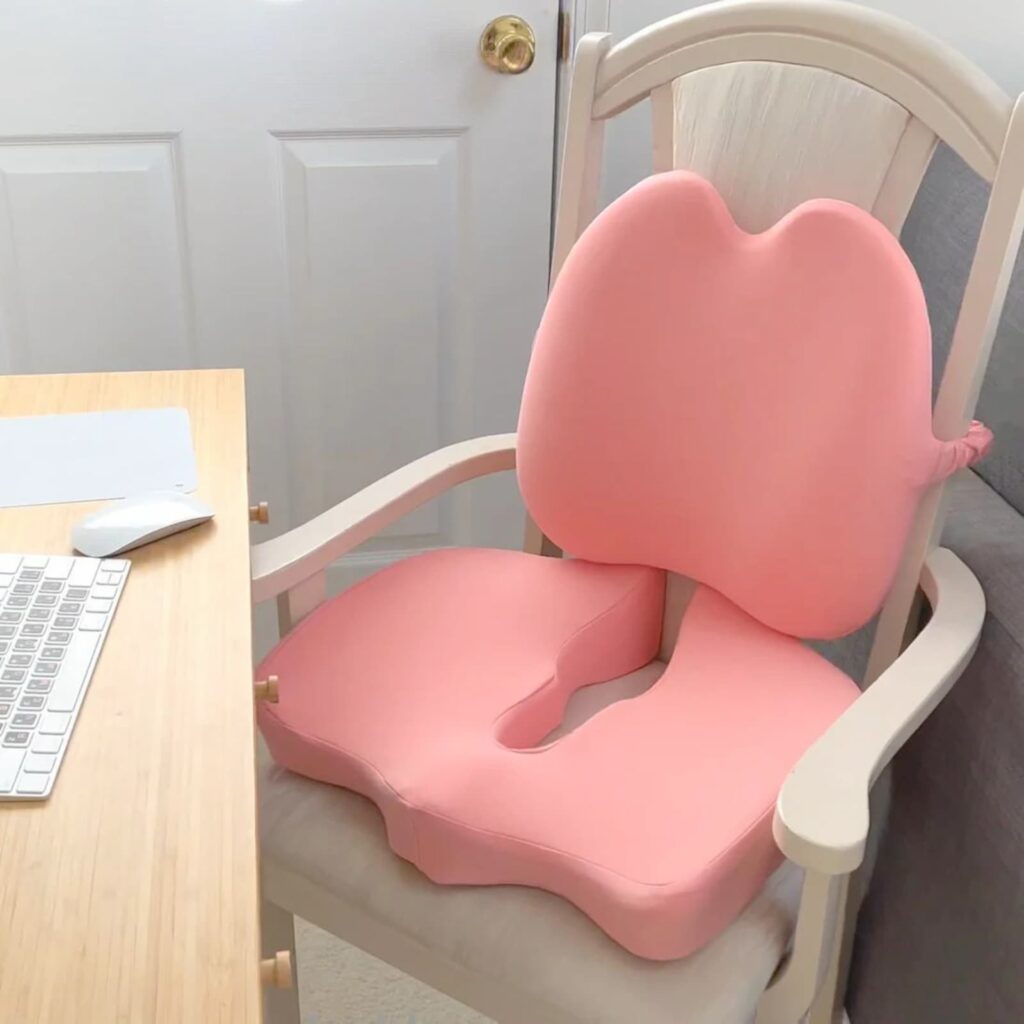In the dynamic realm of workspace design, ergonomics transcends mere functionality—it’s a transformative philosophy that meticulously tailors environments to human needs, thereby enhancing well-being and productivity. As more businesses awaken to the value of holistic design, the integration of ergonomics into the workplace transitions from trend to necessity, crucial for both modern office aesthetics and functionality.
The Impact of Ergonomic Design
At the core of ergonomic design lies its power to create environments that boost employee engagement and operational efficiency. By syncing the physical workspace with human physiology, ergonomics significantly sharpens concentration and reduces fatigue, catapulting productivity to unprecedented levels. A well-crafted ergonomic office caters to both the physical comfort and the mental well-being of its users, fostering a climate ripe for creativity and focus—key ingredients in today’s competitive design industry.
Common Workplace Challenges Addressed by Ergonomics
Today’s offices brim with challenges that can stifle performance and precipitate health issues. Conditions like repetitive strain injuries (RSIs), ‘tech neck’, and tailbone pain plague professionals who log countless hours at their desks. Ergonomic solutions such as adjustable seating, well-thought-out desk layouts, and supportive office equipment tackle these problems by diminishing strain and bolstering proper body mechanics. In addressing these ubiquitous challenges, ergonomics plays a vital role in maintaining health and boosting job satisfaction across diverse sectors.
Key Components of Ergonomic Workspace Design

The foundation of effective ergonomic workspace design is its responsiveness to the user’s physical needs. Essential elements include adjustable chairs that embrace the spine’s natural curve, optimally heightened desks to deter slouching, and pressure relief seat cushions like Ortseat that evenly distribute weight, easing pressure on sensitive areas like the tailbone. Additionally, tools like monitor stands help align viewing angles to reduce neck strain, while lumbar support pillows provide essential lower back support. Ergonomics also enhances the overall workspace layout, fostering fluid movement and reducing the need for repetitive motions that often lead to musculoskeletal disorders. Each component is meticulously configured to ensure that employees can maintain a neutral, comfortable posture all day.
Integrating Ergonomics with Aesthetic and Functional Office Design
Modern office design masterfully integrates aesthetics with ergonomics, each enriching the other to craft spaces that are both productive and visually appealing. This fusion addresses both the visual and physical facets of office space, ensuring that work areas are not only efficient but also inviting. Design features like natural lighting, soothing color schemes, and acoustically optimized environments round out a comprehensive ergonomic strategy, enhancing the office’s overall visual appeal. Engaging employees in the design process allows organizations to construct spaces that mirror cultural values and cultivate a sense of community, thus amplifying both creativity and efficiency.
Final Thoughts
Integrating ergonomics into workplace design is far more than just interspersing a few adjustable chairs or desks; it’s a reimagining of how environments can boost human performance and well-being. This all-encompassing approach not only meets immediate physical needs but also fosters long-term health benefits and productivity enhancements. As the design industry evolves, the melding of ergonomic principles with aesthetic considerations will continue to be a critical focus, ensuring that workspaces are not only stylish but also promote a robust, engaging, and productive work life. By embracing these principles, businesses not only bolster their workforce but also position themselves as leaders in the visionary realm of workplace design.
